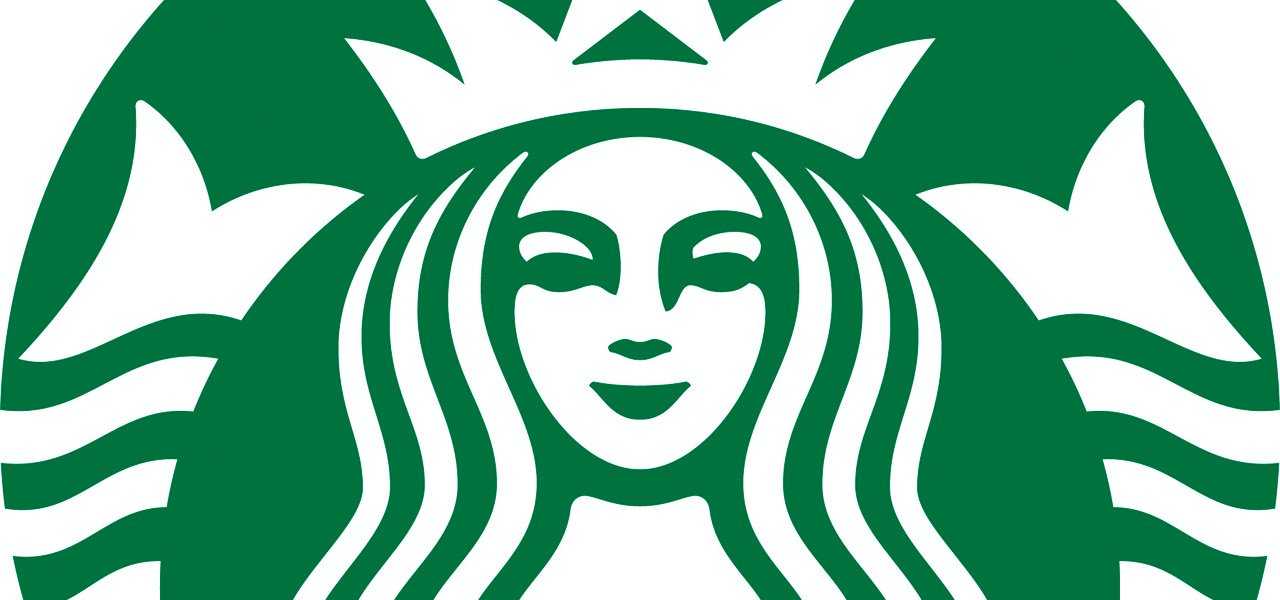CHICAGO, U.S. – Fitch Ratings has assigned a ‘A’ rating to Starbucks Corporation’s (Starbucks; NASDAQ: SBUX) $750 million aggregate issuance of fixed-rate 10-year senior unsecured notes and re-opening of the 2.1% notes due February 2021. At March 27, 2016, Starbucks had approximately $3 billion of total debt. A full list of Starbucks’ current ratings follows at the end of this release.
The notes will be issued under Starbucks’ Aug. 23, 2007 indenture and will rank equally with existing senior unsecured debt. Terms include a change of control triggering event provision.
Proceeds from the 10-year tranche will be used for eligible coffee sustainability projects and proceeds from the re-opening for general corporate purposes.
Key Rating Drivers
Robust Operating Trends
Starbucks robust operating trends are being enabled by mid- to high-single-digit comp growth, increased points of distribution as the company opens new units and expands via the grocery channel, and effective management of coffee costs. Starbucks has locked in all of its 2016 coffee needs at slightly favourable year-over-year prices.
Consolidated comparable sales (comps) have risen 5% or more for six consecutive years and net units have increased at a high single-digit rate. Comps increased 7% during the first two quarters of fiscal 2016 with transactions up 3% and average ticket rising 4%. Comps rose 8% in the Americas, 4% in the China/Asia Pacific (CAP), and 1% in the Europe, Middle East, and Africa (EMEA) segments during the same period.
Fitch projects 6% – 7% comp growth in fiscal 2016 and 2017 as Starbucks continues to grow its market share in coffee and tea while expanding in food. Food currently represents more than 20% of sales in U.S. stores and has been contributing 2% – 3% to comps.
Balanced Financial Strategy
Starbucks has maintained strong financial discipline. Cash flow priorities are to invest in its business and return cash to shareholders. The company is returning cash to shareholders with a targeted 35% – 45% dividend to earnings pay out target and, during fiscal 2016, an accelerated pace of share repurchases. For the latest-12-months (LTM) period ended March 27, 2016, total adjusted debt/operating EBITDAR (defined as total debt plus 8x gross rents-to-operating EBITDA plus gross rents) was 2.0x. Fitch expects total adjusted debt-operating EBITDAR to remain around 2.0x due to the company’s strong operating performance.
Strong Brand Equity, Leadership
Starbucks brand equity and market leadership in coffee is supported by its highly-respected brands, growing food, tea and juice menu offerings, and increasing points of distribution within grocery and other retail outlets. Moreover, Starbucks continues to prove its ability to engage customers with mobile payment systems; such as Mobile Order & Pay launched nationwide in September 2015, and an improved Starbucks Rewards program effective April 2016. Starbucks is seeing positive consumer response from changes to its loyalty program, as customers earn stars from both frequency and overall spend, and reported that mobile payment represented 24% of total U.S. tender in the latest quarter.
KEY ASSUMPTIONS
Fitch’s key assumptions within the rating case for Starbucks include:
–Revenue grows 11% – 12% in 2016 and 2017 driven by 6% – 7% comps and high-single-digit net unit growth;
–Modest EBITDA margin expansion in fiscal 2016 and 2017 due to higher gross margins and slightly lower G&A expenses;
–Annual free cash flow (FCF) exceeds $1 billion annually;
–Total adjusted debt-to-operating EBITDAR remains relatively stable around 2.0x in 2016 and 2017.
RATING SENSITIVITIES
A positive rating action in the near term is not anticipated. However, a public commitment to maintaining total adjusted debt-to-operating EBITDAR in the mid-1.0x range and a continuation of currently strong operating trends could result in an upgrade.
A negative rating action would be considered if total adjusted debt-to-operating EBITDAR is sustained above the 2.0x – 2.2x range due to a more aggressive financial strategy, meaningful deceleration in comp growth, or material margin contraction. Materially lower than expected FCF could also contribute to a negative action.
LIQUIDITY
Starbucks had an estimated $2.8 billion of liquidity at March 27, 2016 consisting of $1.4 billion of cash and short-term investments along with availability under an undrawn $1.5 billion revolving credit facility expiring Nov. 6, 2020. Amounts outstanding under the company’s $1 billion commercial paper (CP) program are backstopped by available commitments under the revolver. At March 27, 2016, there was $149 million of CP outstanding. Approximately $1.4 billion or 70% of Starbucks $2.0 billion of cash and total short-term and long-term investments was held in foreign subsidiaries at the end of the latest quarter.
FULL LIST OF RATING ACTIONS
Fitch currently rates Starbucks Corporation as follows:
–Long-Term Issuer Default Rating (IDR) ‘A’;
–Bank credit facility ‘A’;
–Senior unsecured debt ‘A’;
–Short-Term IDR ‘F1’.

















 CAPS: the new proprietary system using capsules made of 85% recycled aluminium
CAPS: the new proprietary system using capsules made of 85% recycled aluminium